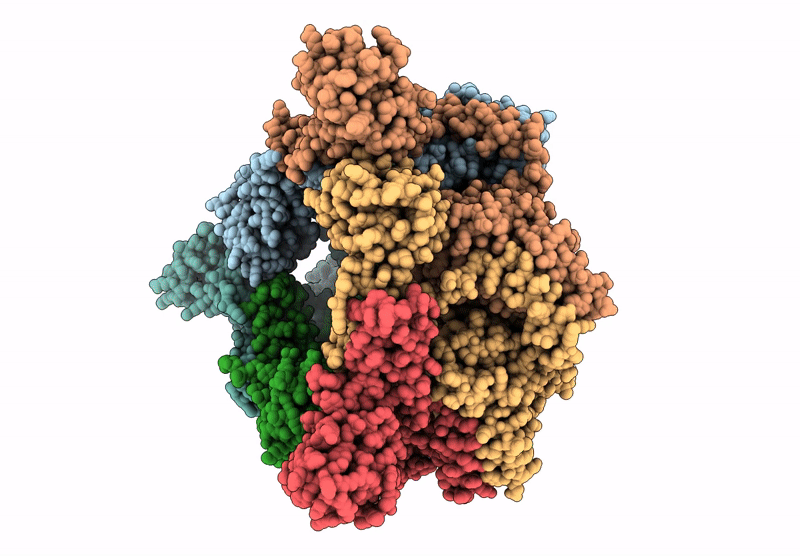
Deposition Date
2024-09-11
Release Date
2025-07-16
Last Version Date
2025-07-16
Method Details:
Experimental Method:
Resolution:
3.37 Å
Aggregation State:
3D ARRAY
Reconstruction Method:
SINGLE PARTICLE


